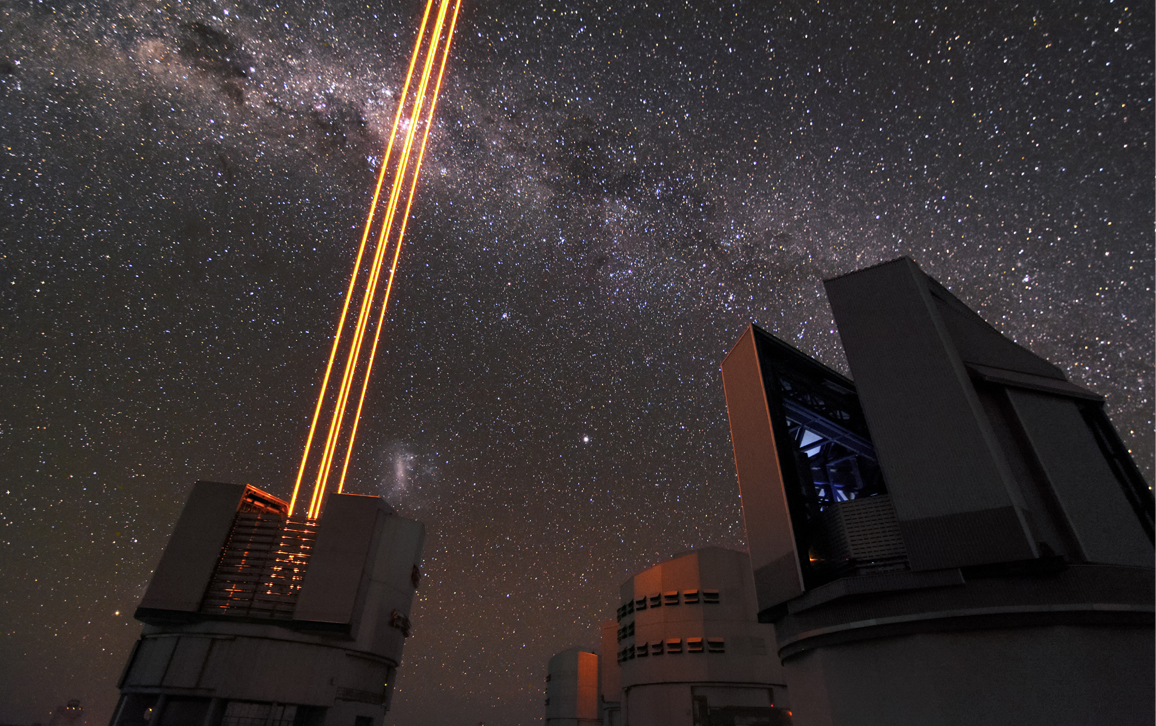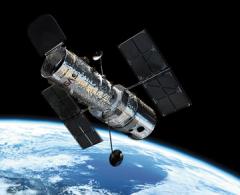
This Article From Issue
September-October 2018
Volume 106, Number 5
Page 257
In researching the cosmos, astrophysicists face a unique challenge: the vast scale of the universe itself, in terms of both its physical size and the timeline of its existence. Further, telltale traces of the entire history of the universe are still extant; because the cosmos is so transparent, almost all of the radiation that has ever been emitted continues to travel through space. Yet these challenges also offer tremendous promise. The trick for researchers will be to develop instruments that can tap into this ocean of cosmic data and make sense of the flood of information that results.
Astronomy has always been data driven, but innovative instruments, global digital archives, and new analytical tools are turning astronomy into a true big-data science, as many articles in this special issue explain. The European Space Agency’s Gaia satellite ("Gaia Reveals the Milky Way") is currently measuring the positions and motions of more than a billion stars in the Milky Way; it will eventually make possible the most comprehensive map of our home galaxy ever created. Together, all of the world’s telescopes discover a few thousand supernovas each year, but the "Large Synoptic Survey Telescope" under construction in Chile will discover many more than that every single night. New technology can even lead to completely different ways of perceiving what is out there. For instance, the Laser Interferometer Gravitational-Wave Observatory (LIGO) detectors can record gravitational waves from merging black holes and neutron stars ("Gravitational Wave Astronomy").

Photograph by Gregory Lambert/ESO.
With this flood of data, we can test theories as never before and develop a more sophisticated understanding of the universe on all scales. In addition, astronomical data rapidly become public, fostering collaboration among scientists "Why Do Galaxies Start Out as Cosmic Pickles?"). And these public data have another advantage: They create excitement. With the abundance of citizen science projects underway, anyone can be an amateur astronomer ("STEVE and the Citizen Scientists").
The amount of astronomical data is growing so rapidly that human brains cannot keep up. Fortunately, researchers are developing artificial intelligence that can recognize patterns and details that would otherwise elude us. In an article in the online component of this issue ("Deep Learning"), my colleague Marc Huertas-Company describes our “face recognition for galaxies” project, which applies deep learning technology on a cosmic scale. And just as such methods developed for computer science can be applied to astrophysics, new big data technologies coming out of the astrophysical field can lead to advances in other areas of science. (See the President’s Letter for more about big data research across scientific fields.)
Computers can help us analyze scientific data and find correlations, but the ultimate significance of all these data is that they fuel the human imagination—and by extension, they inspire the ideas that will lead to new tools, new observations, and new, even deeper insights into the nature of the cosmos. And although novel scientific results seem to come in daily, the big data era is sparking new questions at an unprecedented rate. We still don’t know what dark matter is or what dark energy is, and we don’t know the first thing about the landscapes on planets orbiting other stars. The big data era is just the first small step toward a kind of exploration that we can scarcely imagine. —Joel Primack, President of Sigma Xi, and professor of physics and astrophysics at the University of California, Santa Cruz

American Scientist Comments and Discussion
To discuss our articles or comment on them, please share them and tag American Scientist on social media platforms. Here are links to our profiles on Twitter, Facebook, and LinkedIn.
If we re-share your post, we will moderate comments/discussion following our comments policy.